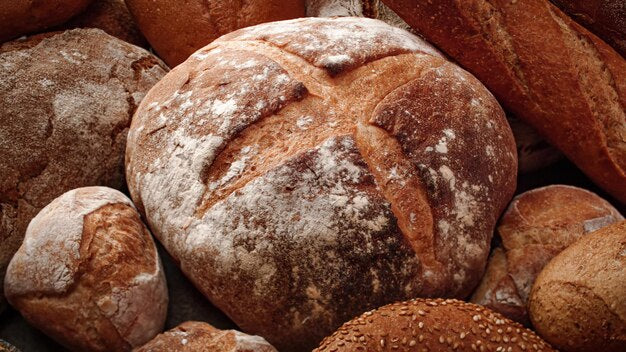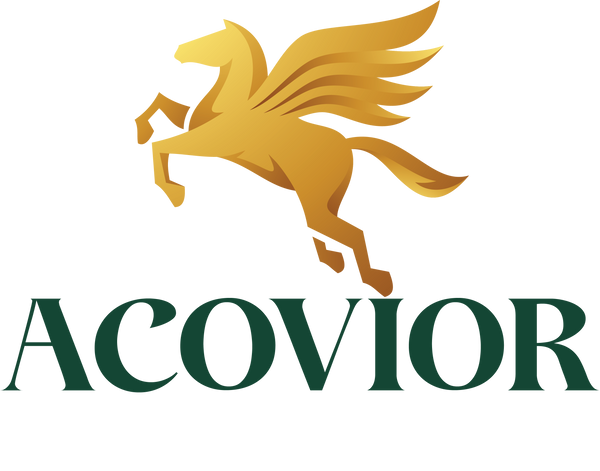
What is a Gluten Free Diet?
Understanding the Gluten-Free Diet: What It Is and Who It's For
A gluten free diet is a dietary approach that eliminates gluten, a protein present in wheat, barley, and rye. This type of diet is recommended for individuals suffering from celiac disease, which is an autoimmune illness in which consuming gluten causes damage to the small intestine. However, it may be beneficial for those who have non-celiac gluten sensitivity or intolerance, when ingesting gluten might result in symptoms including bloating, abdominal pain, and diarrhea.
Wheat, barley, and rye are just a few of the grains that contain the protein known as gluten. It gives dough flexibility and elasticity and aids in the rise and shape-keeping of baked items. However, for those with celiac disease or gluten intolerance, gluten when ingested can harm the small intestine and result in several types of symptoms.
Celiac disease is very serious autoimmune disorder for those that have this disease. When gluten is ingested, the small intestine is attacked by the body's immune system, causing celiac disease. Villi, tiny finger-like projections in the small intestine that absorb nutrients from food, may become damaged as a result of this. Malnutrition and other health issues result from a body's inability to adequately absorb nutrients when the villi are damaged.
Celiac disease can only be managed with a rigorous gluten-free diet and some of the symptoms are but no limited to abdominal pain, bloating, diarrhea, constipation, weight loss, exhaustion, and anemia which can all be signs of celiac disease.
When individuals with non-celiac gluten intolerance or sensitivity consume gluten, they may suffer symptoms similar to an individual who has celiac disease, however, there is no small intestine damage, which is the hallmark of non-celiac gluten intolerance or sensitivity. Bloating, stomach pain, diarrhea, headaches, and weariness are among a few possible symptoms that may be experienced. Sticking to gluten-free diet can help reduce symptoms.
Fortunately, there are many naturally gluten-free foods that can be included in a gluten-free diet. These include grains such as rice, quinoa, and corn; fruits and vegetables; meat, poultry, fish; dairy products; and eggs. Many processed foods are also available in gluten-free versions, including breads, pastas, and snacks.
Following a gluten-free diet can be challenging at first as it requires careful label reading and knowledge of hidden sources of gluten. However, with the increasing availability of gluten-free recipes and products, it is becoming easier to follow this dietary plan.
Individuals with celiac disease or gluten sensitivity must follow a gluten-free diet, which excludes the consumption of grains that contain gluten. Anyone can stick to a nutritious and diverse gluten-free diet with careful preparation and understanding of gluten-free items and dishes.
